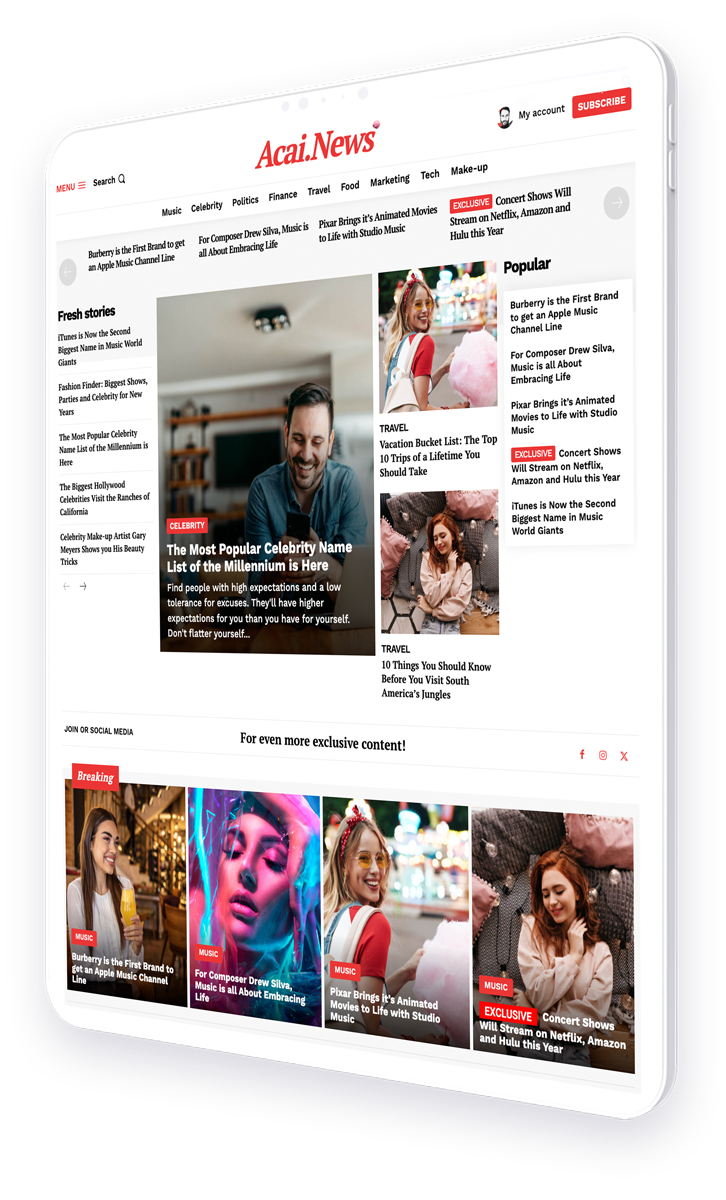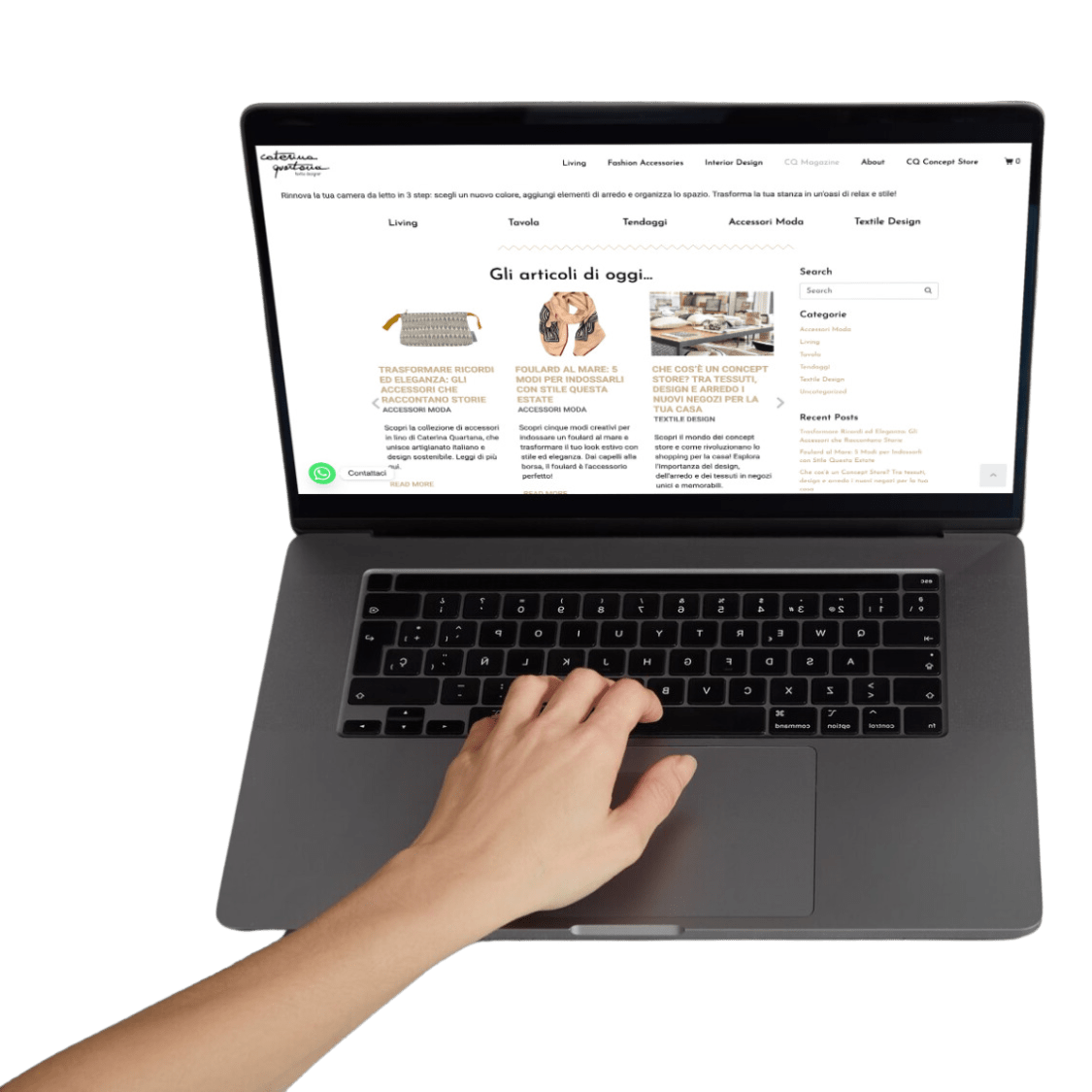Discover how leveraging heatmaps and scroll depth tools can transform SEO strategies for digital magazines, enhancing user engagement and content visibility
In the digital age, the layout of your magazine can significantly impact how well your content performs in search engine rankings. Traditional SEO techniques are crucial, but innovative tools like heatmaps and scroll depth analysis provide deeper insights into user behavior. This article explores how these tools can be used to refine SEO-focused magazine layouts, ensuring content not only attracts but also retains reader interest.
- Understanding Heatmaps
- The Importance of Scroll Depth in SEO
- Integrating Heatmaps with Scroll Depth Analysis
- Case Studies
- Best Practices for Magazine Layout Optimization
- Conclusion
Understanding Heatmaps
Heatmaps are visual representations of data where values are depicted by color. In the context of website analytics, they show where users have clicked on a page, how far they have scrolled, and what areas attract the most attention. This information is invaluable for understanding user engagement and optimizing page layout for enhanced interactions.
- Click Heatmaps: Highlight the most clicked areas on a page, helping identify popular sections.
- Scroll Heatmaps: Show how far down users are scrolling, indicating where they lose interest.
- Hover Heatmaps: Track where users move their mouse on the screen, which can be indicative of reading patterns.
The Importance of Scroll Depth in SEO
Scroll depth tracking measures how far users scroll down individual web pages. Pages that consistently show deeper scroll depths may indicate more engaging content or a more compelling layout. This metric is particularly important for SEO as it can influence bounce rates and time on site, both of which are significant ranking factors for search engines like Google.
Integrating Heatmaps with Scroll Depth Analysis
By combining heatmap and scroll depth data, publishers can gain a comprehensive understanding of how users interact with their content. This integration allows for a data-driven approach to design, where decisions are based on actual user behavior rather than assumptions.
- Analyze areas with high engagement to understand what captures and holds attention.
- Identify drop-off points to improve or remove sections that may not be engaging.
- Optimize the placement of key content and calls to action to align with natural browsing patterns.
Case Studies
Several leading digital magazines have successfully used heatmaps and scroll depth analysis to revamp their layouts with significant improvements in user engagement and SEO rankings. For instance, a well-known lifestyle magazine used scroll depth data to optimize their article lengths and found a 20% increase in page views and a 30% decrease in bounce rates.
Best Practices for Magazine Layout Optimization
Based on industry case studies and expert insights, here are some best practices for using heatmaps and scroll depth data to refine magazine layouts:
- Place the most important information within the first two screenfuls of content.
- Use visual elements (images, videos) strategically to break up text and maintain user interest.
- Regularly update content and layout based on heatmap and scroll depth findings to keep the layout fresh and engaging.
Conclusion
Heatmaps and scroll depth analysis are powerful tools that, when used effectively, can significantly enhance the SEO and user experience of digital magazine layouts. By understanding and applying the insights gained from these tools, publishers can create more engaging content that not only attracts but also retains audience interest, ultimately boosting search engine rankings and online visibility.
For further reading on the effectiveness of heatmaps and their impact on user behavior, visit Nielsen Norman Group.




